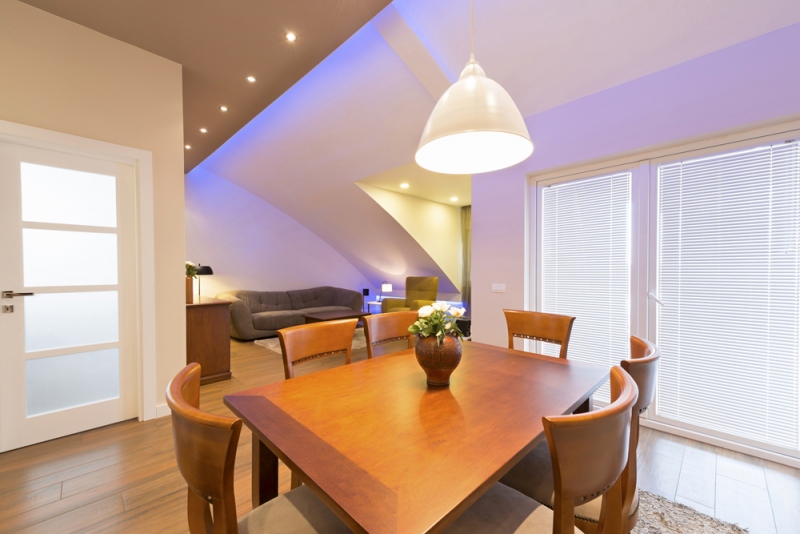It is essential that you do your lighting right in your home. Proper lighting is an integral part of décor and will add some sort of magic to a room that sets the mood for a particular room’s functionality.
Light also has a huge effect on people’s psychological well-being. Research has shown It is possible to stimulate the brain using blue light to increase alertness. These days there are multi-color ascents that can be adjusted depending on the mood.
The secret here is to combine multiple sources of light such as wall-mounted sconces, candle bulbs, and lamps. The effects you get from lighting can either be all-out illumination or soft and subtle.
The fixtures should either be placed at eye-level or overhead.
A guide for Lighting up your Home
- Try and see to it that all working surfaces are well illuminated, especially I the kitchen.
- Think about how you will be controlling the lights. Where will you place the switches and how accessible to children will they be?
- Maximize on natural lighting
- Look for ideas from other peoples’ decorating ideas. Pick up what you feel will work for your space.
Before you design the lighting, consider a few factors such as what type of lighting you like, and what features you would like the lighting to bring out. These factors will go a long way in helping you zero in on the things that you would like the lighting you design to achieve.
Below are some tips to use when designing your lighting for your home:
- Use multiple sources
You can create strategic light sources in your home using floor lamps, table lamps, candle bulbs, glimmering pendants and wall sconces. The pendants are stunning in how they sparkle.
Apart from providing general light, floor and table lamps are strategically positioned for reading as well as adding to the décor with their color, texture, and shape.
Wall-mounted sconces light artwork and also help create focal points where light is reflected off wall creating ambiance.
It’s highly recommended that the lights be dimmable to allow you to set the mood in a particular room depending on the activities going on in the room and what time of day it is.
Light layering is a secret used by those with well-lit houses.
- Consider the space
Make sure that you have enough space in which you can use multiple light sources in a well-distributed manner.
Different points of light are essential for a successfully lit room. Use the additional light to create a sense of warmth and to complement your house’s natural light.
Extra space will allow you to add lamps which are important in highlighting whatever parts of the room you want to draw attention to.
Get at least one statement fixture for each room, depending on how large the room is. Do not overdo it.
- Create a strategic plan and think through placement
Symmetry is key when it comes to having a well-lit room. Ensure that the lights are spread evenly on the floor or the wall.
Consider the use of decorative lighting as a way of adding jewelry to your home. For example, you can use dramatic chandeliers for the sitting room to provide ambient light.
Most importantly, think about the style of the room when picking out the types of fixtures. Remember to also put thought into the room’s functionality as you make this choice.
